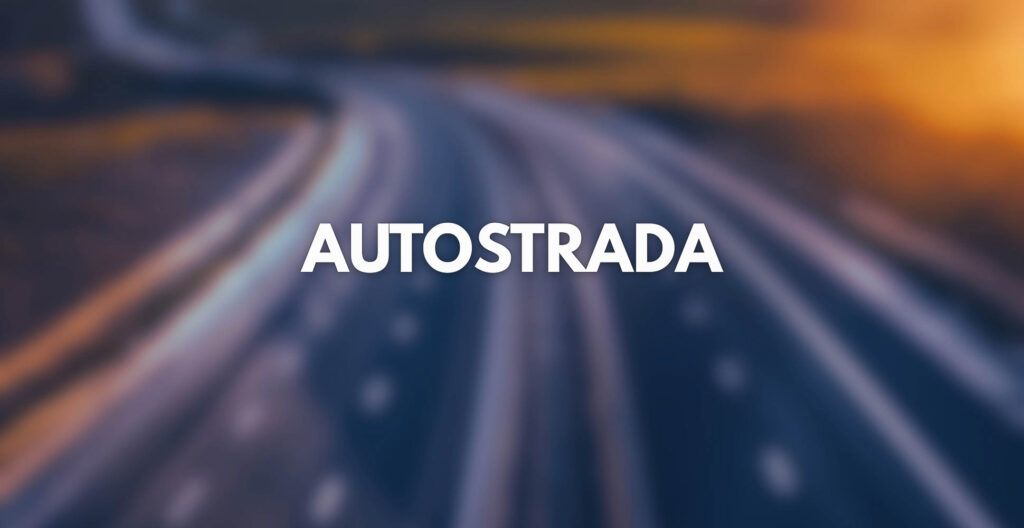
Driving on Italy’s autostrade (highways) can be straightforward once you understand the rules, speed limits, tolls, and practical tips for foreign drivers. This guide will help you navigate safely and confidently.
👉 For context on driving in Italy, see our Transport in Italy guide.
What Are Autostrade?
Autostrade are Italy’s high-speed highways connecting major cities and regions. They are marked with green signs and generally have two to three lanes per direction. Unlike strade statali (state roads), autostrade are toll roads, and using them involves understanding the ticket and payment system.
Learn more about strade statali vs autostrade in our Transport in Italy hub.
Key Rules for Driving on Autostrade
- Speed Limits:
- Standard: 130 km/h
- Rainy weather: 110 km/h
- Urban/autostrade near cities: 90–110 km/h
- Lane Discipline:
- Keep right unless overtaking.
- The left lane is strictly for passing.
- Emergency Lane:
- Never drive in the emergency lane. Only use in case of breakdowns.
- Lights:
- Use dipped headlights at night or in poor visibility.
- Seatbelts and Safety:
- Mandatory for all passengers.
- Children must use approved car seats.
Tolls and Payment
Autostrade use two main toll systems:
- Ticket System: Collect a ticket when entering and pay when exiting based on distance traveled.
- Barrier System: Pay a fixed amount at specific toll booths.
Payment can be made via:
- Cash
- Credit/debit card
- Telepass (recommended for frequent drivers) – Learn more about Telepass here.
Tips for Foreign Drivers
- Renting a car in Italy: If you plan to drive on autostrade, check that your rental allows highway driving. See our guide How to Rent a Car in Italy.
- Avoid peak hours: Traffic can be heavy near major cities and tourist areas.
- Plan your stops: Autostrade have rest areas (aree di servizio) with fuel, food, and restrooms.
- GPS apps: Google Maps and Waze work well for autostrade, but always watch traffic signs.
Common Mistakes to Avoid
- Using the left lane without overtaking.
- Ignoring toll tickets – fines are steep.
- Driving without valid insurance or proper documentation (driver’s license, ID, rental agreement).
- Misjudging fuel – some stretches have long distances between service stations.
Key Takeaways
- Autostrade are well-maintained, high-speed highways connecting Italy’s cities and regions.
- Speed limits, lane discipline, and tolls must be strictly observed.
- Foreign drivers should familiarize themselves with Telepass, toll payment, and emergency procedures.
- Planning stops, monitoring traffic, and knowing basic rules will make highway driving in Italy safe and stress-free.
